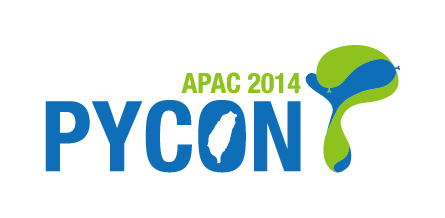DMRL: A versatile Python tool to assess DNA methylation variation and identify DMRs
DNA methylation plays critical roles in transcriptional regulation, development, X-chromosome inactivation, and chromatin remodelling. Sodium bisulfite converts unmethylated cytosines to uracils, but 5-methylcytosines remain unconverted. After PCR amplification, unmethylated cytosines appear as thymines and methylated cytosines appear as cytosines. Bisulfite treatment coupled with high-throughput DNA sequencing technologies, it’s now available to perform genome-wide measurements of DNA methylation at single-base resolution. Analysis of genome-wide methylation data starts with alignment of bisulfite-converted reads. After alignment, statistical methods are employed to identify differentially methylated regions (DMRs) between samples. Existing work mainly focused on the alignment (such as BS-Seeker2, Bismark, BSMAP, etc.) but methods for post-alignment analysis are limited. However, DMRs have important implications for gene regulation. Therefore, genome-wide mapping of DMRs across various samples is important in revealing the impact of epigenetic modifications on heritable phenotypic variation. Here we present a versatile Python tool, Differentially Methylated Region Locator (DMRL), to assess DNA methylation variation and identify DMRs from genome-wide methylation profiles.
About Speaker

Wen-Wei Liao is a bioinformatician focuses on the development of Python tools to analyze genomic and epigenomic data. He's currently a research assistant in Pao-Yang Chen's lab at Academia Sinica.
Tagline
BioinformaticsPersonal Link
http://tw.linkedin.com/in/wwliao/
Organization/Company
Pao-Yang Chen's Lab, Academia SinicaJob title
Research AssistantBuilt with Django and Mezzanine by PyCon Taiwan
Hosting provided by StreetVoice.
Bugs or wheels? Feedback and support here.
More on contact organizers@pycon.tw
























